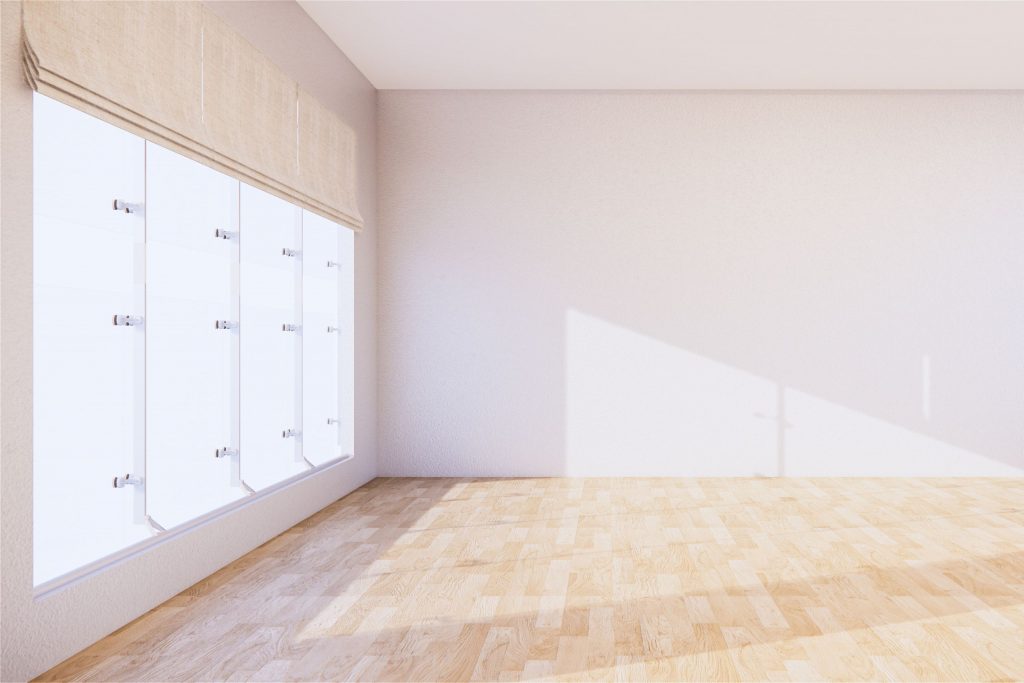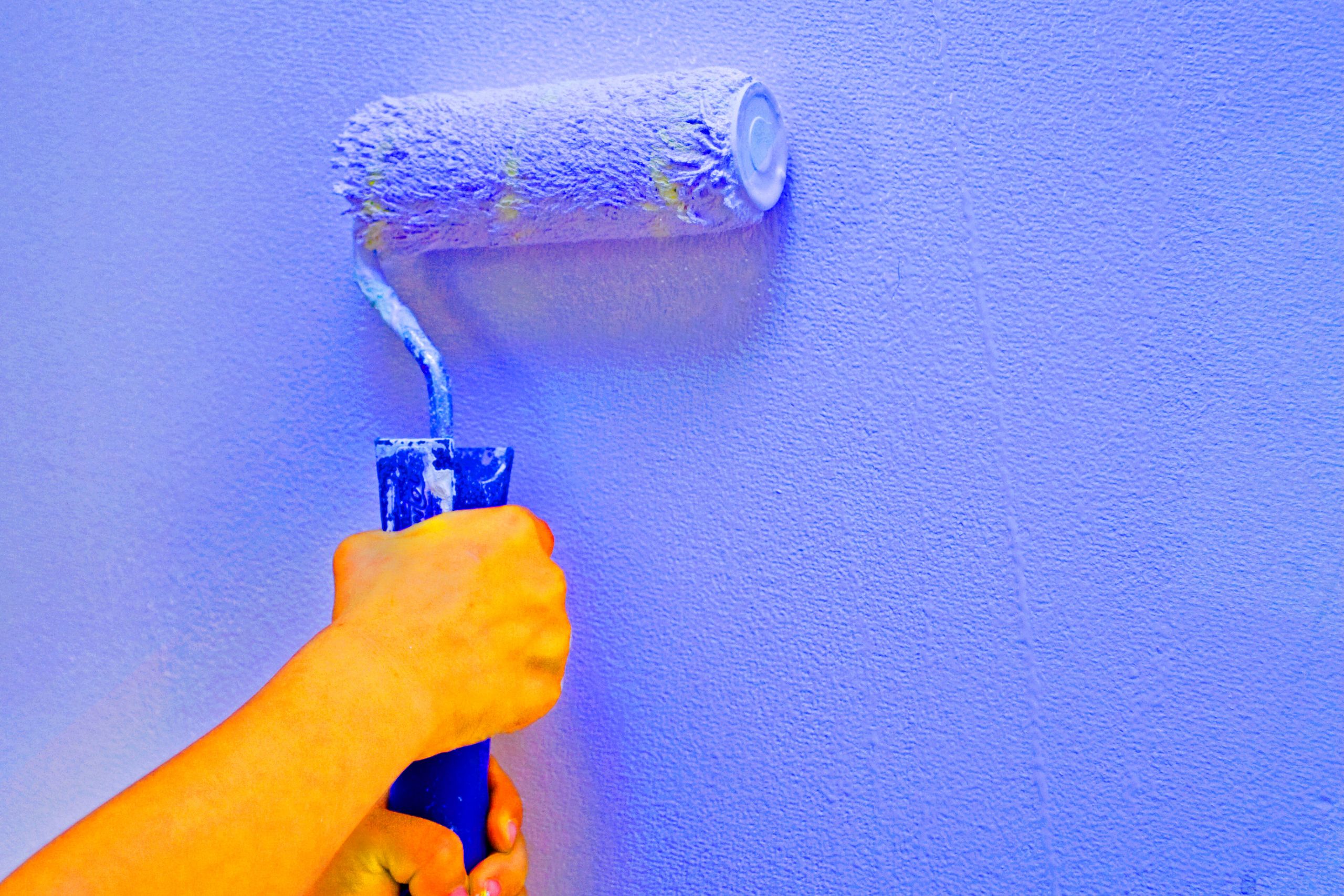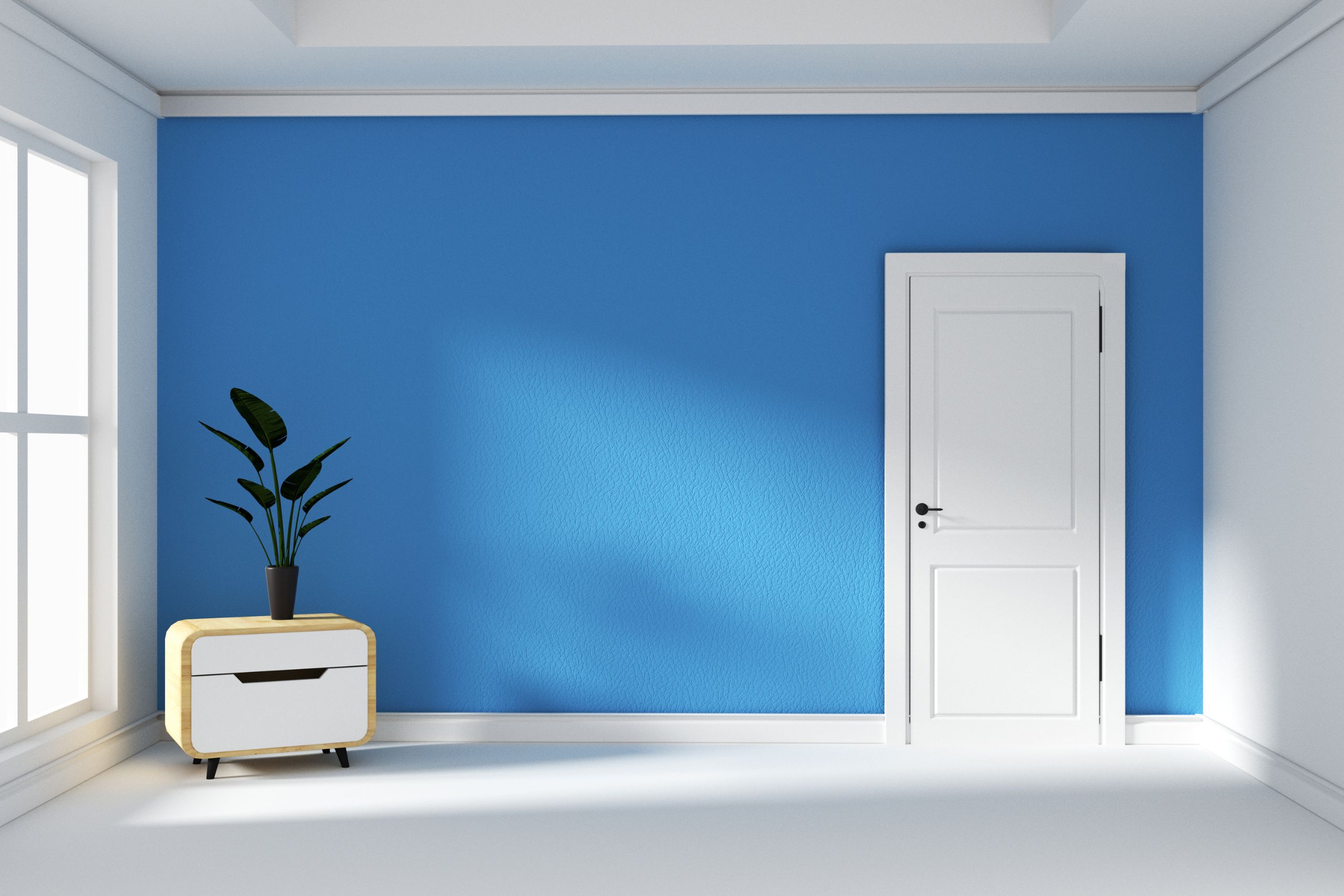Improving the whole visual appeal of a room depends on selecting appropriate paint colors. Choosing colors that complement furniture and carpeting can help to create a coordinated appearance that feels polished and welcoming. A well-coordinated color palette not only improves the appearance of a room but also creates a feeling of balance and comfort, therefore enhancing both resident and visitor enjoyment of the area.
This website provides helpful ideas and methods for interior design aiming at effective color coordination. It will cover color’s psychological effects, how to locate complementary colors that work well together, and provide strategies for testing and visualizing paint choices. Following these rules will help readers to create a pleasant environment and express their own taste by turning their areas into wonderfully united settings. Successful design in both renovation and refreshment of a house depends on an awareness of color interactions.
Understanding the Role of Flooring in Color Choices
Choosing the appropriate paint colors depends on knowing the kind of flooring a place uses. From rustic to contemporary, hardwood flooring provide a range of looks that let you choose paints that accentuate the rich wood tones, either subtle neutrals or strong, vivid colors. Often used in bathrooms and kitchens, tile flooring may range from basic whites to patterned designs, therefore influencing paint selections either to match or accentuate. Since carpeting supports either a more cohesive or contrasting color scheme, its range of textures and colors makes it fairly crucial for color matching.
The floor’s undertones should be carefully considered while selecting paint colors. The space looks lovely because warm paint colors highlight the warm tones in the wood or carpets. Conversely, cool-toned tiles might highlight more subdued paint hues to create a seamless space.
Making contrast is one smart way to appeal visually. Although a striking focal point may come from darker walls above light flooring, selecting light walls against dark flooring gives depth and beauty. Careful combining flooring type, undertones, and contrast into color choices produces a well-rounded, visually stunning room.
Matching Paint Colors with Furniture Styles and Finishes
Furniture designs, finishes, paint colors, and furniture layouts all must cooperate to create an inviting space. Matching paint colors with wood treatments starts with an awareness of the subtleties in different wood tones. Combining soft pastels and cold hues with light wood finishes like maple or birch seems to stretch a room. Warm earth tones and richer colors highlight medium wood tones, such oak or cherry, thereby creating a peaceful and inviting surroundings. Deep, dramatic colors such as blue or forest green complement dark wood finishes such as mahogany or walnut; these woods provide elegance and depth.
Choosing colors for upholstery paint that accentuate fabric designs improves the space’s visual appeal. Neutral paint colors may help to ground vivid designs; the delicate tones of the upholstery can be replicated to create harmony.
Finally, it’s important to match paint colors to furniture styles. Grays or crisp whites help to simplify contemporary furnishings. Rustic design is typified by warm, more muted colors that recall the natural surroundings. Traditional furniture complements classic colors such as subtle jewel tones and soft creams, therefore harmonizing the complete set-up. This meticulous choosing of color and finish elevates every home design endeavor.
Using Neutral Colors for Seamless Transitions
Choosing neutral hues for home décor provides a smooth transition that improves general appearance without overpowering a place. Shades such as grays, beiges, and whites provide a peaceful basis that helps to unite many design components, therefore enhancing the space and welcoming nature of spaces. Neutrals’ simplicity creates an airy quality that facilitates simpler furniture and accessory harmonization.
Maintaining balance, layering many tones of neutrals gives visual intrigue and depth. For a refined background, for example, mix a deep taupe soft cream. Here texture is rather important; adding neutral-colored materials like linen, wool, or velvet improves the dimensionality of the décor and guarantees the area seems lively yet coherent.
One may prevent a monochromatic impression by deliberately using accent colors. Little quantities of vibrant colors, such as those seen in throw pillows or artwork, may provide scene character without sacrificing the peace of the neutral backdrop. This approach guarantees the ideal match with the overall theme and helps to keep the flow of the design so that the accent colors may showcase themselves.
The Impact of Lighting on Color Harmony
Paint colors seen in a place depend much on natural light. Particularly with flooring and furniture in mind, the direction and quality of natural light may change the way paint looks. A room with plenty of natural light, for instance, may accentuate warmer tones and give a light beige more cosiness. Conversely, in darker surroundings these colors might have a cooler undertone. Knowing how natural light influences color can assist to harmonize flooring and furniture, therefore enhancing overall design harmony.
Artificial lighting also affects color impression. Warm lighting provide a yellow-orange tone that might soften and welcome colors, while cold lights give off a blue hue that makes colors appear more vibrant and crisp. Knowing the kind of lighting that will be utilized helps one choose paint colors so that furniture and décor look together.
Evaluation of color interactions depends on finally examining paint samples at many times of the day. Sunlight changes from morning to evening, and different artificial lighting may drastically alter the color and feel of colors, thus ensuring the final decision exactly matches the environment of the room.

Final Thought
In every area, careful balancing paint colors with flooring and furniture determines the coherent and pleasant surroundings. A well-coordinated color palette not only increases the visual attractiveness but also enhances the space’s operation via a harmonic flow. Homeowners may improve the whole appearance and feel of their interiors by carefully choosing combinations so that every component complements rather than rivals one other. People should play with various tones and colors that fit their own style to create a distinctive expression of creativity that will change any surroundings. Readers are urged to explore the realm of “color inspiration and trends” among many possibilities in order to get new ideas and get understanding of present design dynamics. Accepting color variation and guaranteeing uniformity will eventually provide a very well chosen environment that accentuates comfort and expresses uniqueness.




